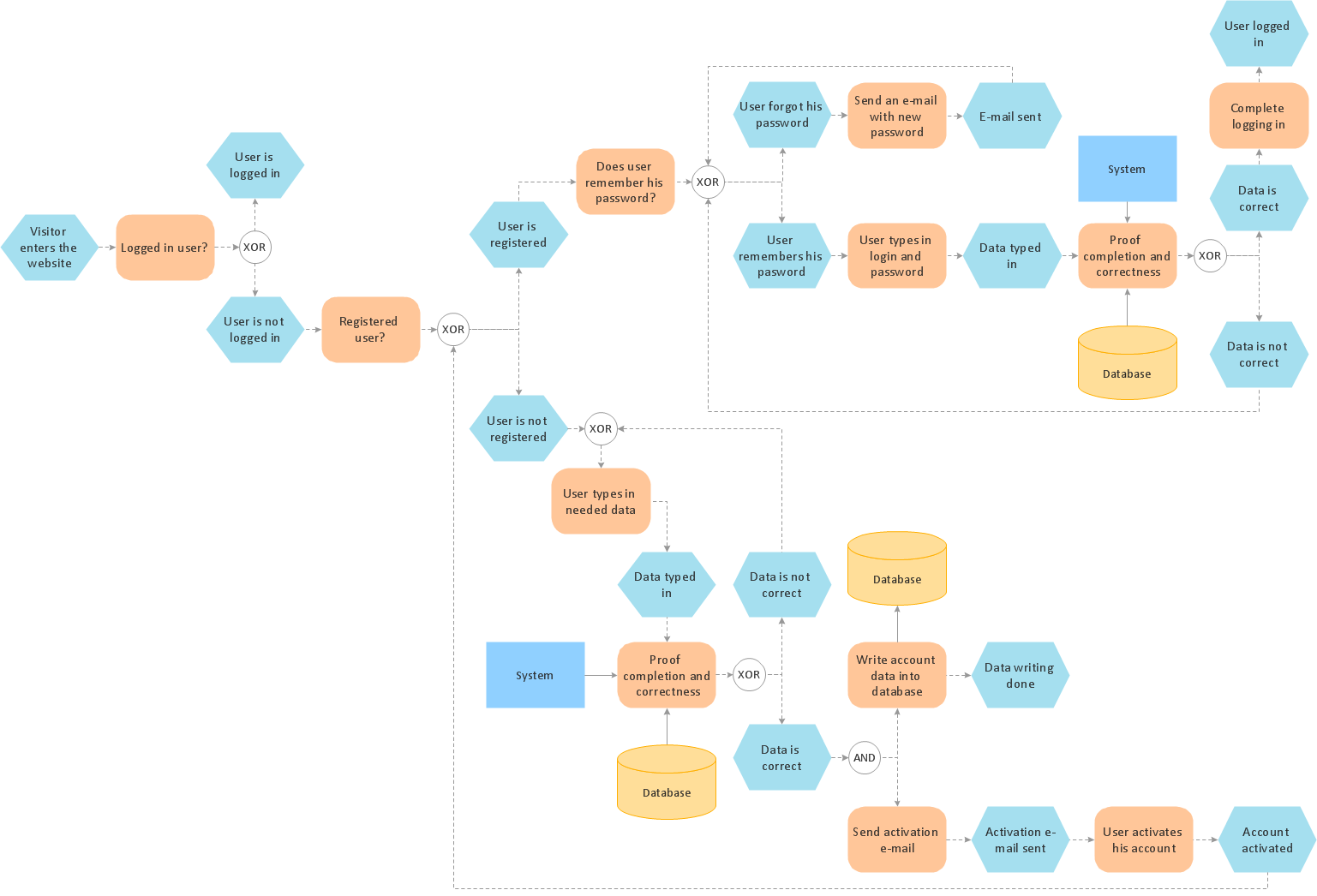

- #Business process modeling tools allow the user to full
- #Business process modeling tools allow the user to license
This is useful, for example, if you want to share and get comments on the process from a team member. To take a snapshot of everything in the business process flow window, select Snapshot on the action bar.Here are a few tips to keep in mind as you work on your task flow in the designer window: To save the process as a draft while you continue to work on it, select Save in the action bar. To validate the business process flow, select Validate on the action bar. Search for an existing on-demand active workflow that matches the stage table or create a new workflow by selecting New.įor more information on workflows, see Workflow processes.Select when the workflow should be triggered.Select the workflow, and then set properties in the Properties tab: The workflow component must be based on the same primary table as the process. Drag it to the Global Workflow item when you want to trigger the workflow when the process is activated or when the process is archived (when the status changes to Completed or Abandoned).The workflow component must be based on the same primary table as the stage.


Drag it to a stage when you want to trigger the workflow on entry or exit of the stage.Which one you add it to depends on the following: When you're finished setting properties for the condition, select Apply.ĭrag a Workflow component from the Components tab to a stage or to the Global Workflow item in the designer. For more information on branching properties, see Enhance business process flows with branching. Select the condition, and then set properties in the Properties tab. To add a branching condition:ĭrag the Condition component from the Components tab to a + sign between two stages. If either Yes or No are acceptable column values, then you should make the column a choice instead of a two-option boolean column.Īdd a branch (condition) to the process.The user is required to mark the column as completed before moving to the next stage. If you set a two-option boolean column as Required, users can't continue unless the column value is Yes.Select Required if people must fill in the column to complete the step before moving to the next stage of the process.If you want users to enter data to complete a step, select the appropriate column from the drop-down list.Select the step, and then set properties in the Properties tab: To add more steps:ĭrag the Step component to the stage from the Components tab. To see the steps in a stage, select Details in the lower-right corner of the stage. When you're done changing properties, select the Apply button.Īdd steps to a stage. The category (such as Qualify or Develop), appears as a chevron in the process bar. If desired, select a category for the stage. To set the properties for a stage, select the stage, and then set the properties in the Properties tab on the right side of the screen: If your users will progress from one business stage to another in the process:ĭrag a Stage component from the Components tab and drop it on a + sign in the designer. The new process is created, and the business process flow designer opens with a single stage created for you.Īdd stages. You cannot change this after you save the process. If you don’t find the table you want, make sure the table has the business process flows (columns will be created) choice in the table definition. The table you select affects the columns available for steps that can be added to the first stage of the process flow. In the Table list, select the table on which you want to base the process. You cannot change the category after you create the process. In the Category list, select Business Process Flow. The name of the process doesn’t need to be unique, but it should be meaningful for people who need to choose a process. In the Create Process dialog box, complete the required columns:Įnter a process name. On the left navigation pane, select Processes. Business process flows are currently not supported in Dataverse for Teams.
#Business process modeling tools allow the user to license
Some Dynamics 365 license plans include the per user plan. You need a per user plan in order to create business process flows. To set security for a business process flow definition you create, select Enable Security Roles on the action bar.
#Business process modeling tools allow the user to full
For example, for service-related processes, you could provide full access for customer service reps to change the business process flow instance, but provide read-only access to the instance for sales reps so they can monitor post-sales activities for their customers. After you create a business process flow definition, you can provide control over who can create, read, update, or delete the business process flow instance.


 0 kommentar(er)
0 kommentar(er)
